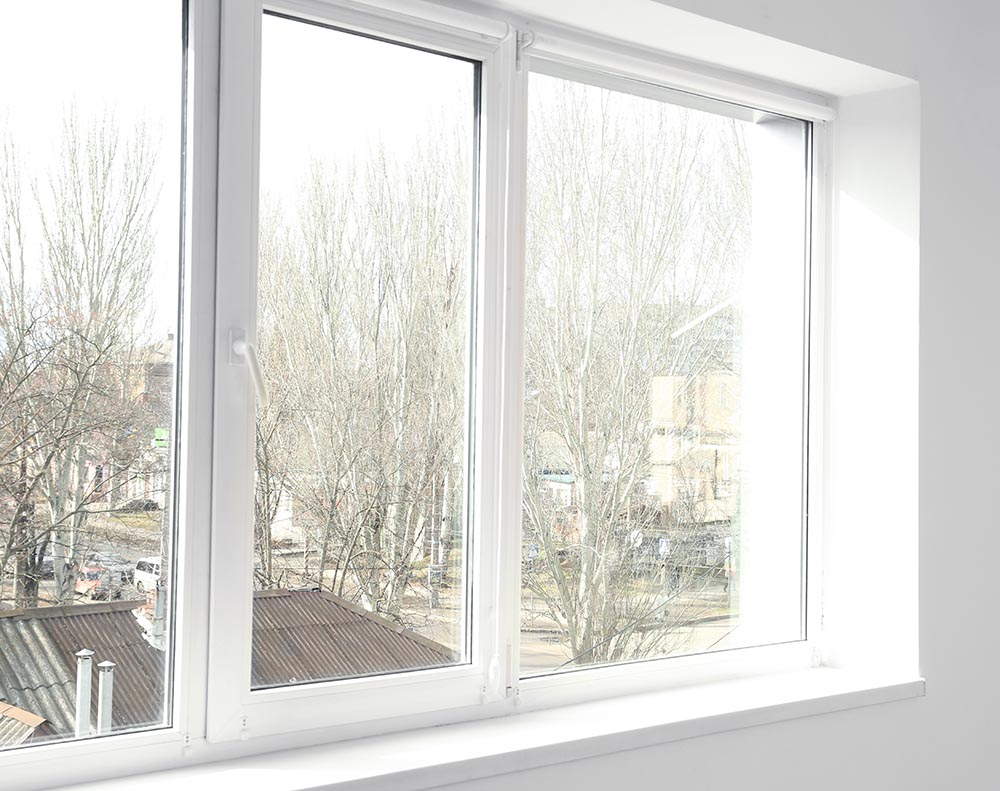When it comes to home maintenance, there are a lot of decisions that need to be made to keep our properties up-to-date and well-maintained. However, for many homeowners without a strong background in home improvement, deciding which upgrades are the most beneficial can be quite overwhelming. While the features you choose to implement will depend on what needs the most attention in your home, one of the most popular home improvement options is to replace old and deteriorating windows.
Replacement windows can be one of the most effective ways to ensure that the home remains energy-efficient and well protected against outside threats and the elements. Today’s newest replacement windows may look similar to windows of the past, but the truth is that technology has advanced considerably in recent years and the quality is better than ever. In fact, we can expect the technology to keep evolving every year, and for window products to get better and better as time moves forward.
It’s important for homeowners to stay on top of today’s latest trends in window technologies, especially if you’re considering replacing yours. In this article, our team at Smart Exteriors shares some of our favorite features of the latest windows on the market for those looking into upgrading their home this year.
Top Window Standards Available Today
When shopping for replacement windows, homeowners that haven’t done their research may feel like you’re being bombarded by confusing technical jargon. Being unprepared can make it difficult to choose the right replacement windows, which can be quite expensive. It’s incredibly important to find out beforehand what’s actually necessary and which features are the most important to avoid or feeling unsure of the investment you’re making and over- or under-spending.
While you can certainly make your choice based on a number of features, it’s important to make sure your chosen window meets these top standards:
Multiple Layers: The absolute minimum standard is a double-pane window. This double layer is far superior in performance and energy-efficiency than the outdated single-pane models of the past. In areas that feature extreme weather changes, it may be worth considering upgrading even further to triple-pane or quadruple-pane glass.
Low-Emissivity (Low-E) Coating: This is a thin coating that lets in the light while blocking most of your heat transfer. Investing in windows that provide this coating will ensure your home stays cool in the summer and warm in the winter. As a bonus, this coating blocks more UV light than non-coated windows, which translates to better-protected furniture and flooring.
Sound Transmission Class: This is a rating that details how well the window performs when it comes to noise reduction. One of the latest trends is to invest in windows that virtually block out almost all outside noise. Look for this rating when shopping if you live in a busy area, or if noise reduction is a concern.
In addition to the specific features, take the time to analyze how the window performs when it comes to energy-efficiency itself. A good rule of thumb is to look for windows that boast the ENERGY STAR and NFRC labels to indicate desired performance.
Future Innovations to Watch For
It’s not enough for windows to perform “just okay” considering the technology available today. While excellent products are available now, innovators are also constantly looking to make improvements to products for better and more efficient home performance. If you’re not quite sure you want to buy just yet, waiting a bit longer for the most cutting-edge innovations to come out can make sense. Some of the newest technology that is currently being created for future use in homes includes:
New Glass Types: The better the glass, the better the window. There are two types to look for, which are vacuum glass and dynamic glass. Vacuum glass is meant to provide optimal insulation while still allowing large amounts of light. On the other hand, dynamic glass protects against UV rays by turning opaque depending on the sunlight’s intensity.
Fully Transitional Windows: Similar to dynamic glass, the transitional window is designed to transition from transparent to opaque via a button push. This is in development due to the belief this will contribute further to reducing heating and cooling costs. Plus, the idea of improved privacy while pushing a button is appealing as well.
Solar Windows: Energy costs continue to rise steadily, which is why researchers are looking into other energy sources. One popular source is solar energy. However, the ability to harness this technology is often clunky and unappealing especially when considering windows. Fortunately, this may be a problem of the past thanks to the development of this new window. The glass is a transparent luminescent solar concentrator. This means it’s a natural conductor of solar energy.
Past, Present, and Future Window Frames
All of the best features windows can boast mean nothing without the durability to back them up. That’s where window construction comes into play. Windows have been a staple of home building since the beginning, but that doesn’t mean new materials can’t get the job done even better. For this reason, we’ve put together an overview of the past, present, and future of window construction for homeowners.
Past
Wood: There’s no denying the warm appeal that wooden windows offer homeowners. When done right, this window material can deliver a high-end appearance that performs wonderfully. However, wood is susceptible to water damage—including rot, chipping, warping, cracks, and decay. While water damage can be avoided with continuous care and maintenance, the cost of doing so can be high. The truth is there are better options available today that offer excellent efficiency, durability, and beauty without the higher cost of installation and maintenance that wood models offer.
Present
Vinyl: By far, vinyl window frames are one of the most popular and affordable window materials available today. Vinyl is known to resist chipping, corrosion, rust, and other performance concerns. Vinyl has its downsides, particularly that cheaper materials can melt in high heat and tend to last less time than other options.
Fiberglass: This is an increasingly popular choice that is also free of the concerns that wood windows bring to homeowners. However, they perform better than vinyl when it comes to resisting harsh weather. Also, like vinyl, this material is completely immune to insect damage. The only real drawback with this option is the pricing.
Aluminum: While more common with commercial buildings, this is also a valid choice for homeowners thanks to its overall strength and durability. However, you will want to look for thermally improved aluminum windows since metal conducts heat. This may drive up the price.
Future
Composite Wood: This option is often referred to as the window frame material of the future, and for good reason. It’s made of a mix of specialty polymer and acrylic resins for a finished product that performs. It’s been said that this option combines the strength of aluminum with the high-end appearance of wood while maintaining the lack of required maintenance popular with vinyl windows. While this is certainly an option now, it can be more difficult to find. In any case, composite wood materials are a great option to consider investing in as they become more readily available.
Making the Decision to Replace Windows
While it may be tempting to wait for those future developments to come to your local market, it’s not recommended to wait much longer if your current existing windows are already failing. The first rule of maintaining the home is to handle the problems as they develop. By following our guide and working with a qualified window contractor you can find the replacement window that fits your needs and your budget.
Ready to invest in replacement windows? Give us a call to speak with one of our agents about our window installation services or fill out our online form to schedule your free, in-home assessment.

